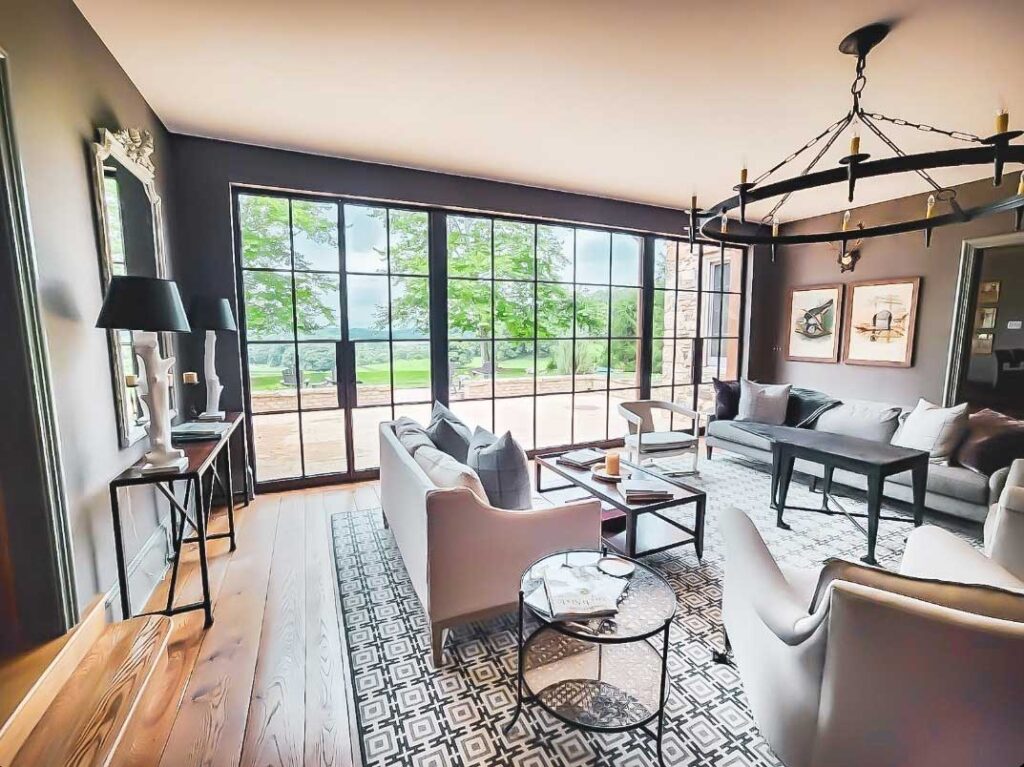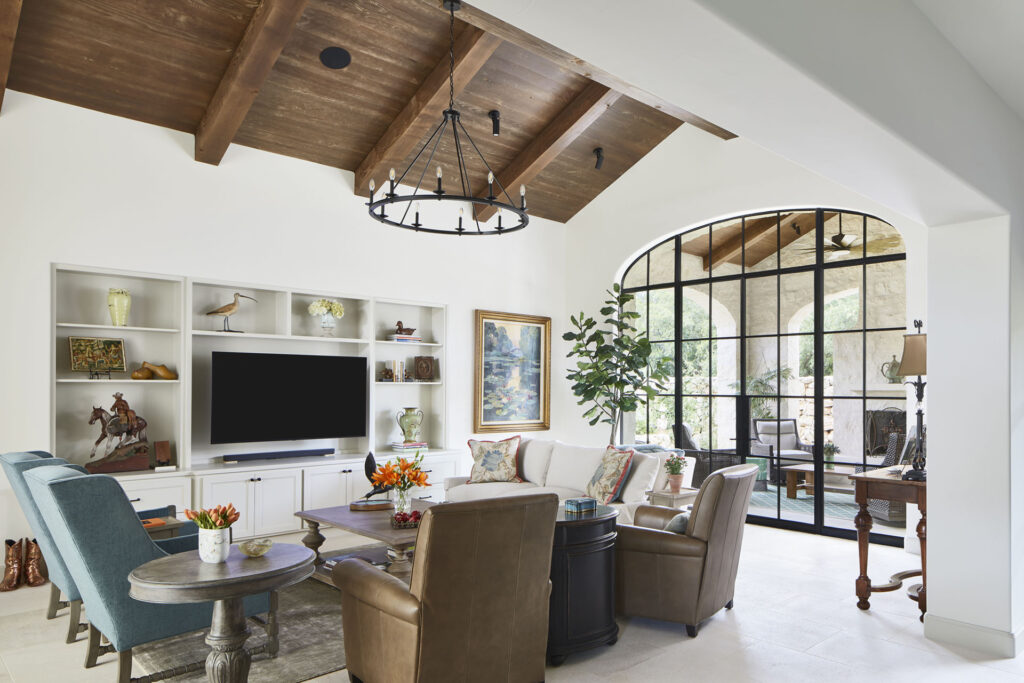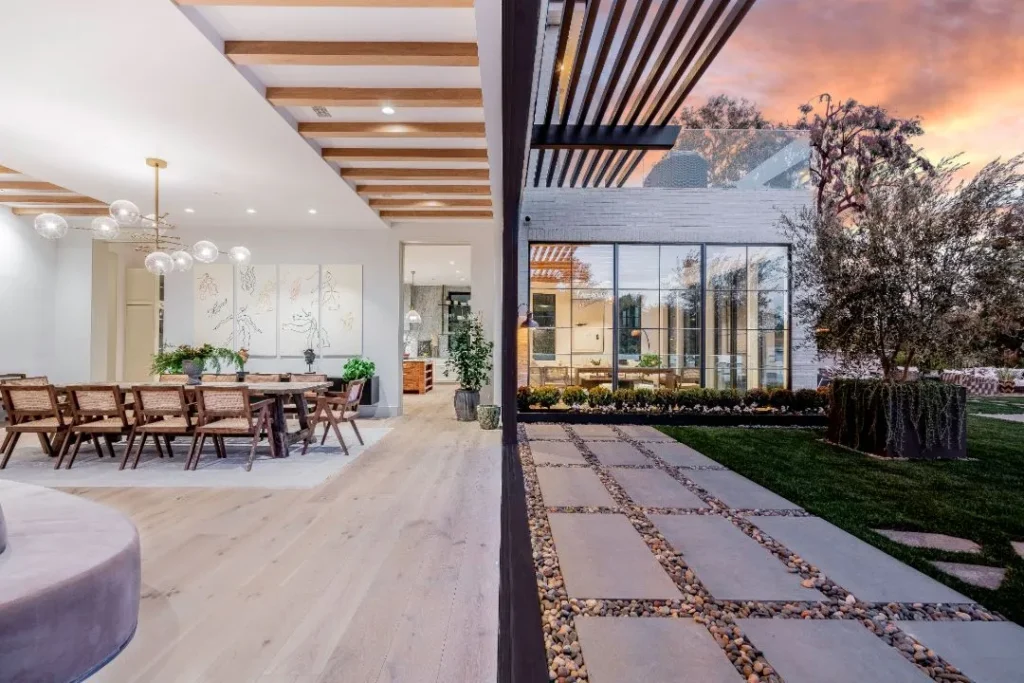A key feature of solid bronze windows and doors from RGSB is that our systems are thermally broken.
If you’re a veteran architect or construction contractor, you probably have a good understanding of what that means – but if you’re a homeowner, or new to construction, chances are you’ll be wondering what thermally broken means – and why it matters.
There are many reasons to choose thermally broken window and door systems, ranging from the very practical through to the aesthetic. In this blog we’re going to take an in-depth look at thermal break technology – what it is, what the options are, and how it can enhance the efficiency of a building.
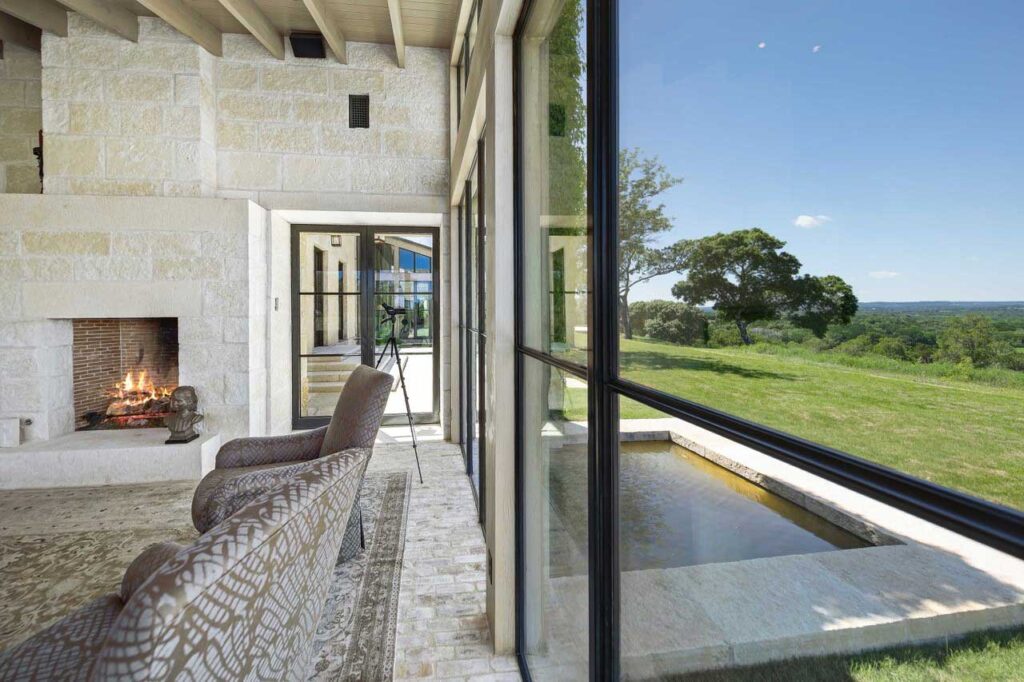
What is a thermal break?
A thermal break is a layer of insulating material that is placed in between two conductive materials in order to interrupt the flow of heat energy between the two surfaces.
A simple example of a thermal break is cavity wall insulation, where fiberglass or foam is used to insulate the space between two layers of brick.
In the context of bronze and other metal windows and doors, a thermal break usually takes the form of a plastic polymer (typically polymide or polyurethane – more on this below), which is sandwiched between the internal and external portions of the window or door frame to prevent it from conducting heat into or out of a building.
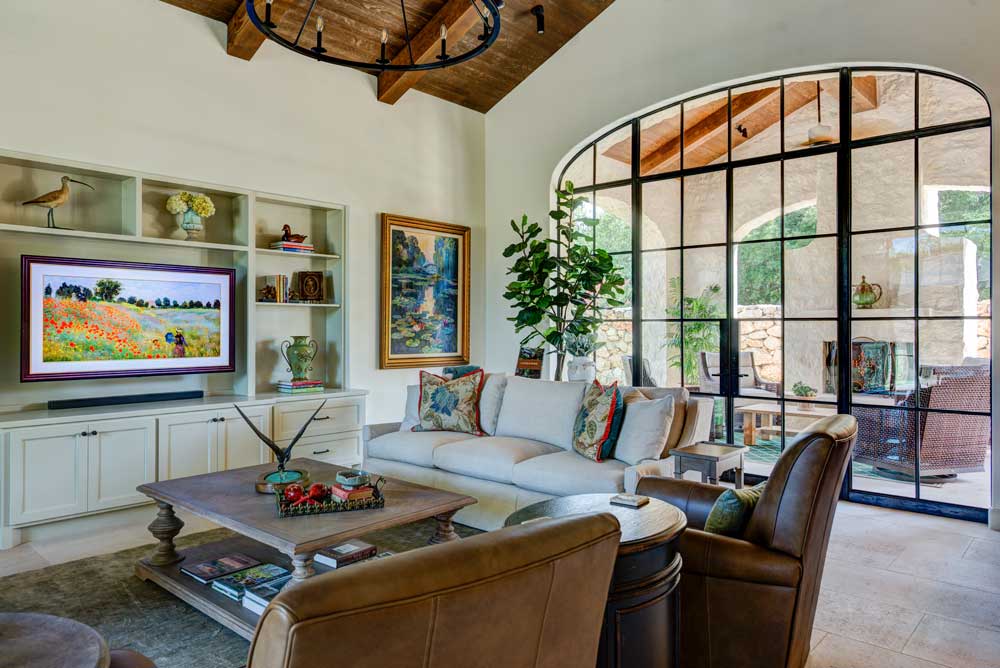
Why do we need thermal breaks?
To understand why thermal breaks are important, we must also understand about ‘thermal bridging’.
Think about all the materials that are used to build and finish a home – bricks, masonry, timber, glass, metal and many more. Some of these materials are good thermal conductors, and others are poor conductors, or insulators.
Good thermal conductors like stone and metal allow heat to pass through them easily, so they warm up and cool down quickly. When a good conductor is in contact with both the interior and exterior building envelope at the same time – for example at a window opening, or where a joist passes through a wall – a thermal bridge is formed.
Heat can easily travel along this thermal bridge, and will always flow from warm to cold – so in cold weather the building will lose heat to the outdoors, and in hot weather the building will quickly get too warm.
Since we want to prevent the temperature of our homes from fluctuating dramatically, we use insulation to ‘break’ these thermal bridges, preventing this unwanted transfer of heat and making it much easier to control the temperature (and energy costs) in our homes.
Effective thermal breaking is essential for architects and homeowners looking to achieve a high level of thermal efficiency in modern buildings – especially LEED or Passivhaus certification.
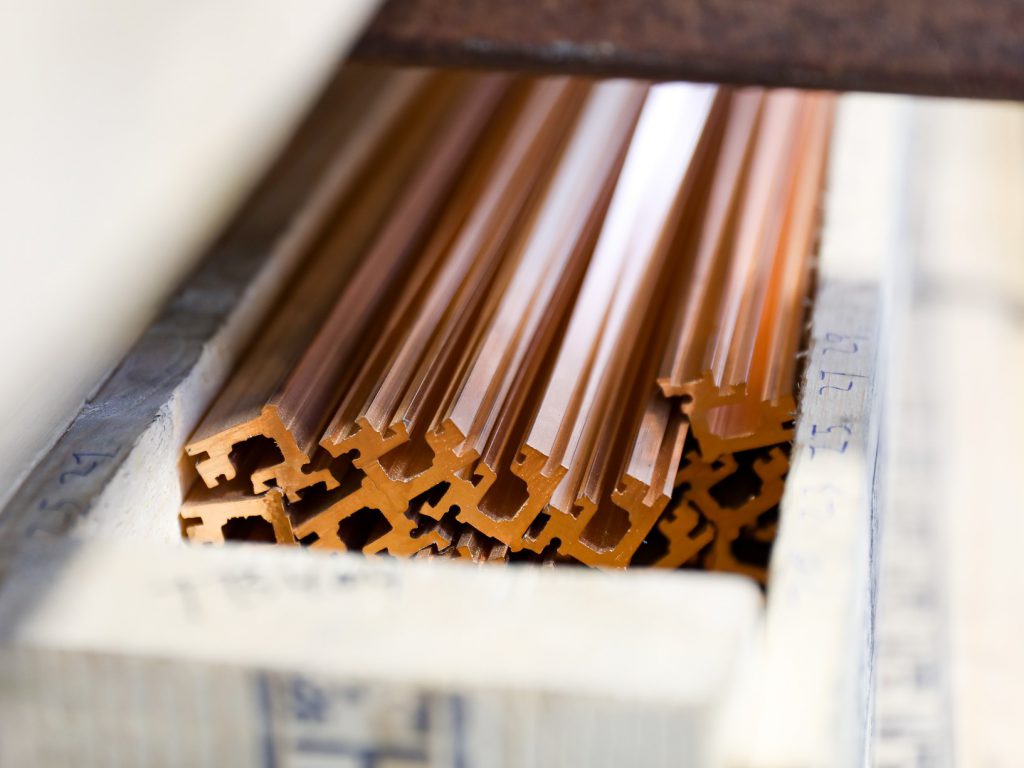
Are there different types of thermal break?
Yes. There are two main systems for thermal breaking in window and door frames, both of which have been around since the 1970s. They are as follows:
Polyurethane Pour & Debridge (P&D)
Developed in North America, P&D thermal breaks are created by pouring a liquid polyurethane compound into a moulded cavity within the window frame, where it is then cured to a solid finish.
After curing, the metal sides of the cavity used to contain the liquid (called the bridge) must then be removed so that the external and internal faces of the frame structure are connected only by the non-conductive polyurethane compound material. This is usually done with specialized abrasion technology.
A key drawback of the P&D method is the potential for ‘dry shrinkage’, where the polyurethane compound shrinks as it ages, leaving space within the window frame where water and air can ingress.
Polyamide Thermal Break Strips
Developed in Germany around the same time as P&D, polyamide thermal break strips use pressure extrusion technology to produce structural, insulating strips. These strips are precision engineered to match the metal profiles of the window or door and form an integral part of the window frame structure.
Polyamide strips are reinforced with glass fibers which makes them extremely stable, eliminating the risk of dry shrinkage. Their thermal expansion coefficient is very close to that of metals including aluminum, steel and bronze, ensuring that the extrusion maintains a high degree of structural integrity across a wide range of temperature fluctuations.
The result is a true composite assembly with tight tolerances and superb strength even for oversized and impact resistant glazing requirements.
Polyamide thermal breaks are the most commonly used system in Europe and this is also the system we used at RGSB, due to its superior performance, versatility and longevity.
Do all windows and doors have to be thermally broken?
No. The decision about whether to install thermally broken windows and doors rests with the architect and the homeowner, and often comes down to budget.
It’s worth noting that not all windows and doors need to be thermally broken – for instance, uPVC or wooden frames are already highly insulating, so they don’t need to be thermally broken.
Metal window and door systems are not all thermally broken – but they do all form thermal bridges. It’s often cheaper to buy steel or aluminum windows that aren’t thermally broken, but this is a false economy because these systems are poor insulators and will inevitably lead to expensive problems related to heat loss, condensation and high energy bills. Thermally broken window and door frames also have higher Uw values, which can help a building to meet the necessary code requirements for insulation.
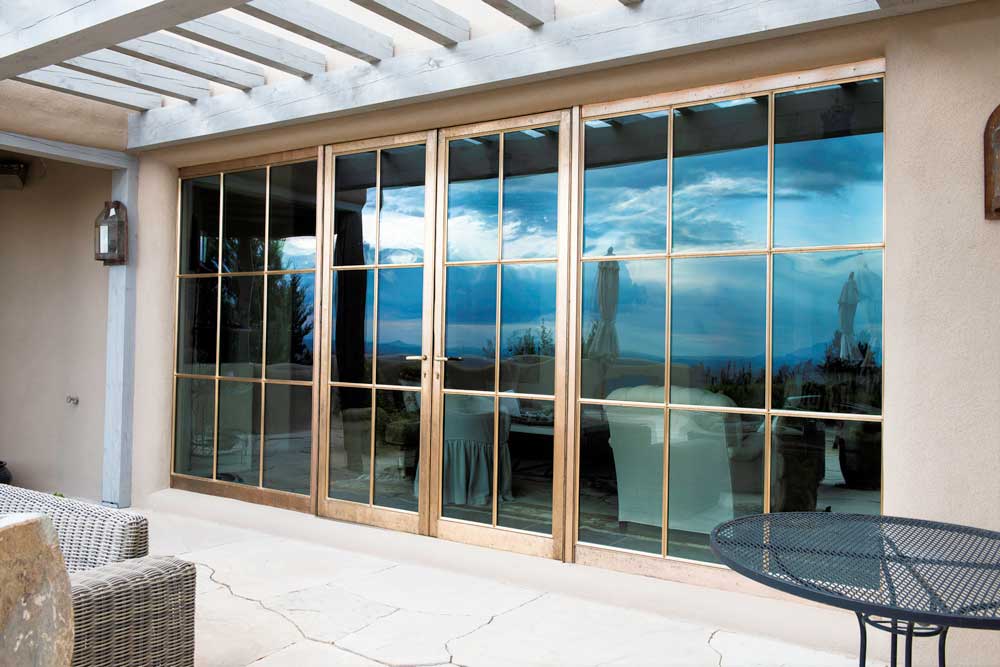
What are the benefits of choosing thermally broken window and door systems?
We’ve already touched on the main benefit of thermally broken window and door frames, which is to enhance energy efficiency. Let’s take a look at this and other benefits in more detail.
- Energy efficiency
Thermally broken window and door frames prevent the transfer of heat energy between the exterior and interior of a building, therefore preventing unwanted heat loss (or heat buildup). - Without thermal breaks, these effects can be significant – so in winter when a metal window frame is covered in frost, the internal frame would be cold enough to cause warm air to condense, potentially resulting in water pooling on the windowsill or floor. In summer, unbroken metal frames will heat up, acting as a radiant heat source inside the house.
- Choosing thermally broken frames means you don’t need to worry about these pitfalls, and also means your energy costs – whether for heating or cooling – will be lower overall.
- Improved comfort
As well as ensuring the overall ambient temperature inside a building remains consistent, thermally broken window and door systems are essential for preventing drafts and cold spots within a space. - Thermally broken windows and doors with double or triple glazing have similar insulating properties to solid walls which means you can enjoy interiors that are flooded with natural light without having to worry about them feeling too hot or too cold.
- Design versatility
Thermally broken window and door systems are favored by architects because their inherent qualities allow for superior design versatility. Modern home design is all about blurring the boundaries between indoors and out – people want captivating views, and spaces that are bathed in daylight.
Using thermally broken frames allows architects to incorporate large expanses of glazing that drink in the surrounding vistas, without compromising on the integrity, thermal performance or comfort of the building itself.

About RGSB’s thermally broken systems
At Renaissance Genuine Solid Bronze, we use the continental polymide thermal break strip system in the manufacture of our thermally broken window and door systems (and also for our temperature-controlled wine cellar enclosures).
This system is particularly suited to the manufacturing process for our window and door frames with signature Z-fin waterproofing, which is designed to ensure superior weatherproof performance for many years without adding unnecessary bulk to the profile of our beautiful windows and doors.
The result is a supremely elegant glazing system, suitable for all fenestration requirements including window walls, casement windows, entry doors, fixed and sliding windows and much more – all with narrow sightlines, genuine bronze muntin bars, sleek hardware and a variety of energy-efficient glazing options.
To find out more about our bespoke design service or to locate an RGSB partner in your location, get in touch.
